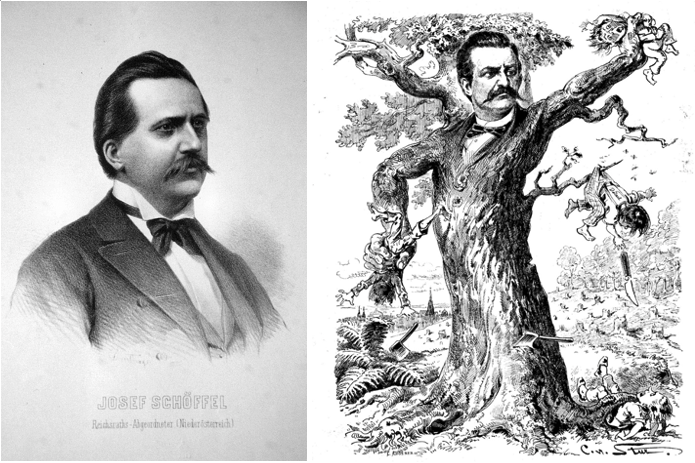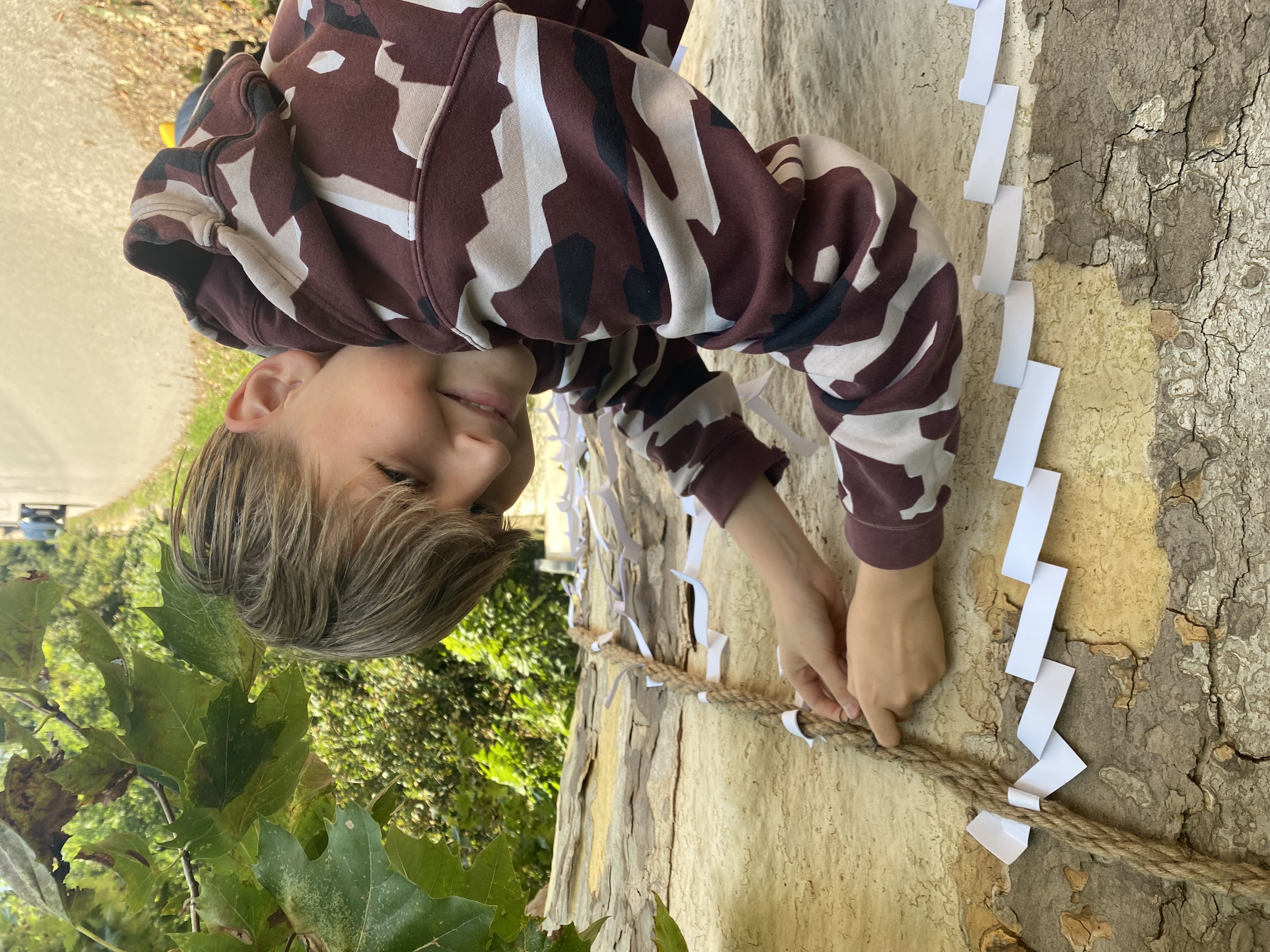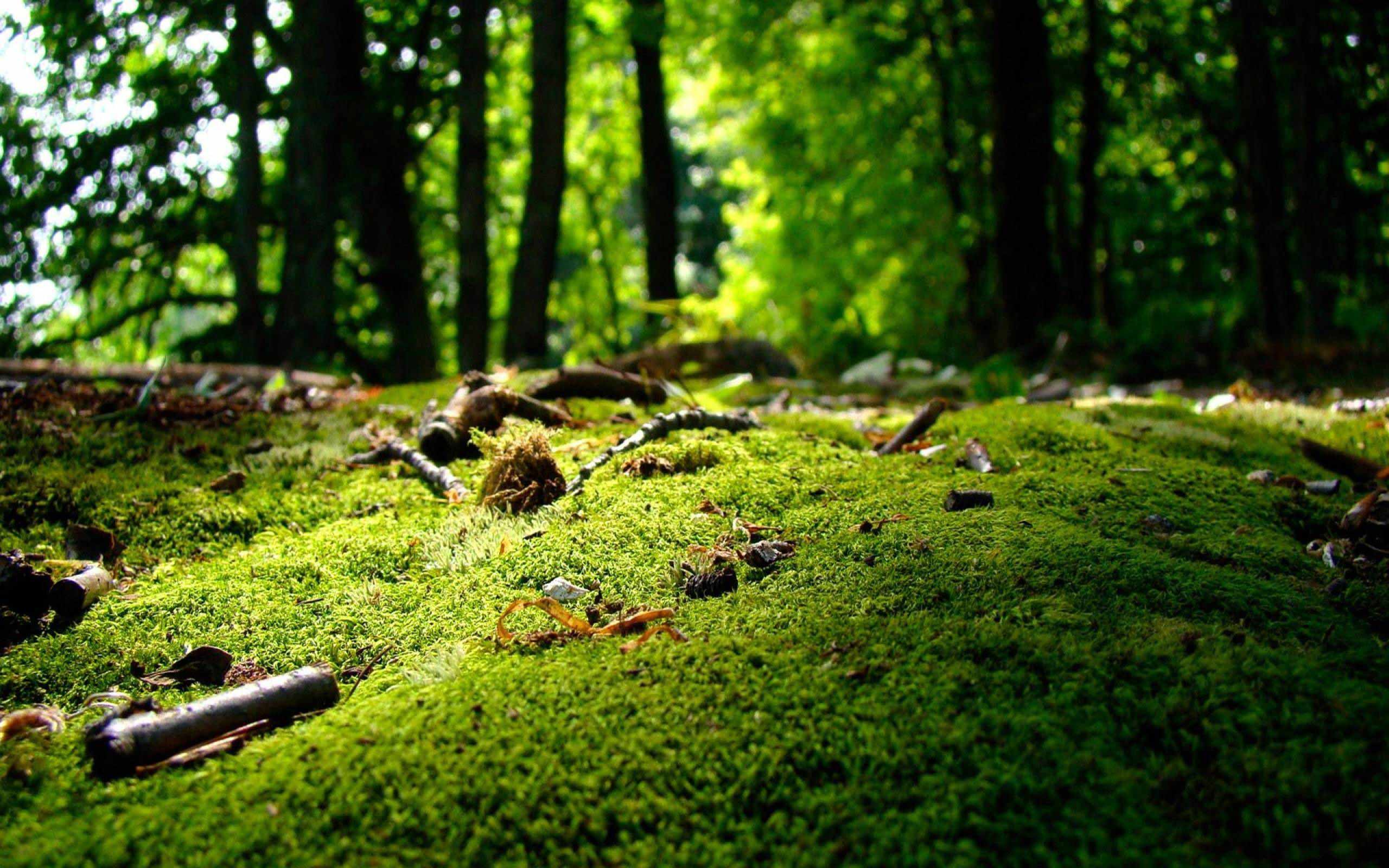Author:
Green Steps
Short summary:
We are delighted to have received the Josef Schöffel Environmental Award from the state of Lower Austria on December 5. The cooperation between Green Steps, FG Lanius and Die Grünen St. Pölten was honored as well as the innovative approach of the educational project Big Friendly Giants.

Josef Schöffel. Wait, who was that?

Josef Schöffel. Who was that? Born in 1832 in Pribam, now in the Czech Republic, into a family of mining officials, he was breastfed an understanding of the effects of human behavior on nature. He grew up in a milieu similarly influenced by the spirit of the Enlightenment as Alexander von Humboldt (1769-1859) or Charles Darwin (1809-82) and shared a solid geological education with these contemporaries, which led Schöffel to the Imperial Geological Office in Vienna from 1863-68, where he surveyed the territories of the monarchy and the created geognostic maps.
He describes the traumatic years from 1857-63 as a first lieutenant in the Austro-Hungarian army in his autobiography “Memories From My Life”. Schöffel lives in a turbulent era, in a socially most seismic place. Rising Prussia challenges the sluggish Danube monarchy economically and militarily for supremacy in the German Confederation which was dissolved after the German War of 1866 and led to the founding of the German Empire in 1871 - without the participation of the Habsburg monarchy, thus ushering in its dissolution.
During Josef Schöffel's lifetime, Vienna and Berlin were among the ten most populous cities in the world, and important scenes of early industrialization, the labor movement and, to a lesser extent, environmental protection. The early industrial revolution manifests itself as a social upheaval on various levels. The dispossessed rural population pushes into cities in search of work, causing them to burst out of their medieval fortifications. Monumental ring roads, such as those in Vienna, which are built in place of city walls and house the institutions of a new social order, bear witness to an architectural epoch called Gründerjahre. At the same time, these expanding cities inexorably devour the surrounding nature.
.png)
The industrial revolution creates a new upper middle class of entrepreneurs, which either replaces the aristocracy or merges strongly with it. The result is the bourgeois revolution of 1848, which sweeps across Europe like a bush fire, gives the monarchies their first democratic constitutions and ends the era of the conservative State Chancellor Prince Clemens von Metternich – a truly European statesman who dominated European politics since the Congress of Vienna in 1815. In Vienna, too, there is a redistribution of power and the Imperial Council moves into the newly built parliament building on Ringstrasse to represent the people. Josef Schöffel becomes a member of the Imperial Council and Mayor of Mödling, a town south of Vienna, in 1873. He therefore had his finger on the pulse of the political events of his time.
.png)
His path into the still young world of democratic politics goes through his commitment to the Vienna Woods, which - thanks to Schöffel's perseverance - is still called Vienna's green lung today. The Vienna Woods is a 45 km long and 20-30 km wide, largely forested low mountain range that lies to the west of Vienna and, as the eastern foothills of the Alps, marks the transition between three ecoregions: the Pannonian, that of the Western European deciduous forests and that of the Alpine coniferous and mixed forests. The Vienna Woods have been managed as a biosphere reserve since 2003 and were recognized as such by UNESCO in 2005.
During Josef Schöffel's lifetime, things looked bleak for the Vienna Woods. Triggered by the industrial revolution and the associated urbanization of Europe, it was not only the city walls of medieval Vienna that were torn down, and magnificent imperialist buildings instead erected along Ringstrasse. The city began to expand far beyond its old boundaries. The conflict between urban living space and retreat areas for non-human nature finds a prominent setting in the Vienna Woods and the beginning of an urban environmental movement, which serves just a few decades later as a backdrop for urbanizing Tokyo in the film Pom Poko. It also leads to the founding of the first modern environmental education organization, the Friends of Nature, with a hike into the Vienna Woods, in 1895.
.png)
Josef Schöffel recognizes the value of continuous forest areas for the health of ecosystems early on due to his training and his work at the Imperial Geological Institute. When the Reichstag decided to sell large areas of the Vienna Woods in 1870, there was a threat of massive logging. Schöffel, who had been working as a journalist since leaving the Imperial Geological Survey in 1868, began an unprecedented campaign against the Imperial and Royal Ministry of Finance. Ministry of Finance. In a liberal spirit, the Ministry attempted to restructure the precarious state finances by selling off state property and paying off the debts incurred during the war against Prussia.
Austria has only enjoyed freedom of the press vi for a few years, and daily newspapers are a mass medium with a bright future. Schöffel recognizes the opportunities this offers him to mobilize against high officials and rich entrepreneurs. The most respected newspaper in Vienna is Neue Freie Presse, but it represents the liberalism of big business. Schöffel therefore goes to Neuen Wiener Tagblatt, a younger competitor. It publishes all his articles. Twice a week, Schöffel stirres up the imperial capital’s mood with accusations of corruption. He takes aim at the “Ministry of Squandering” and is outraged by the sale of forests to “stock corporations and speculators”.
.png)
Schöffel also must put up with a lot himself - including death threats. The finance minister accuses him of “lies and slander”. The public prosecutor's office investigates him for “incitement to hatred and contempt”. He is sued five times for defamation of character. He was however never convicted, because Schöffel had done his research carefully. He was an investigative journalist with first-class contacts who can prove everything with documents. In 1872, Schöffel won the case and the sale in the Vienna Woods was reversed. A political career followed. Schöffel became mayor of Mödling and was elected to the Imperial Council; over a hundred municipalities made him an honorary citizenviii.
.png)
It is understandable that Josef Schöffel should lend his name to an environmental protection award, with which the state of Lower Austria honors since 1992 civil initiatives. A man whose regional activities can be compared with far better-known contemporaries such as John Muir, the founder of Yellowstone National Park and the Sierra Club, or the journalist Mark Twain, who reported from the Vienna Reichstag in 1897ix, gives a resounding name to an award that is intended to honor outstanding commitment to environmental protection and sustainability.
.png)
Why was the Josef Schöffel Prize awarded?
We are therefore delighted to have received the environmental award from the state of Lower Austria on December 5. The prize honored the cooperation between Green Steps, the Lanius Research Association and Die Grünen St. Pölten, which together applied for the protection of 300 old trees in St. Pölten in December 2022 and successfully pushed the city council as local environment authority to strengthen the protection of urban trees worth preserving - after almost 20 years of inactivity: since September 2023, 15 new natural monuments have been designated on the initiative of Green Steps and the Department of Urban Planning has begun the exact mapping of natural monuments.
The environmental education project Big Friendly Giants, which uses a web app to simplify the pedagogical development of urban open spaces for schools and enables project-oriented learning about the local community, was also honored with the EUR 1,600 prize. In view of the increasing heterogeneity of the Austrian population, the project addresses a social focal point: how can more and more people make a peaceful living with fewer resources, especially when they speak different languages and are characterized by different cultures of origin?

In view of the climate, biodiversity and education crisis, the connection between education and actively taking responsibility for one's own living space is probably the most important learning content at present. While national curricula have proven to alienate students from their home communities and abstract learning content leads to indifference and meaninglessness, Green Steps’ project encourages students and teachers to take an active and creative role in the place where they live by mapping natural and cultural elements in the open space and then combining them together in interactive routes.
Each mapping becomes a learning opportunity, if multiple choice questions or physical challenges are added. These points of interest or short POIs are clustered into interactive quests. Each quest corresponds to a level, just like in a computer game. Once you have completed all the quests in your home town - there are now more than 30 in the pilot project - you have achieved 100 percent bioregional identity and can justifiably claim that you know your home town like the back of your hand.
.jpg)
Ideally, children start walking tours in the 3rd grade of elementary school at the latest, so that by the end of lower secondary school they have experienced all the routes at least twice at different times of the year. 60 research trips over 6 years would mean that teachers go into the city's nature once a month to teach local natural history in a practical way. That doesn't sound like much (and is by reasonable standards not nearly enough), but in the structures of the current education system it is a huge challenge that can only be addressed with the combined efforts of the school district, municipal governments, school management, teaching staff and parents.
Although Green Steps uses an app to scale environmental education, there are significant differences from regular schooling and traditional computer games: the app helps students and teachers to pedagogically capture the open space outside the school building and map learning progress in terms of local nature and culture. Each quest created can be viewed as a permanent classroom that changes its appearance every season and makes the changes in nature easier to understand. In this application, the Green Steps ARK works complementary to well-known software solutions for school administration such as SchoolFox or WebUntis for the organization of the learning space surrounding the school building.
For pupils aged 12 and over, however, the web app presents itself as a learning method wrapped in a game that promotes cooperation, systemic understanding and practical problem-solving skills. Quests can be completed by teams of pupils using a device, but each task requires them to engage with the natural environment. Answering questions requires action, e.g. identifying a tree species by feeling the bark; estimating the age of a tree by measuring the circumference of its trunk; determining the architectural style of a house by looking at it closely and comparing it to the suggested answers on the Green Steps ARK.
.png)
Older pupils become city planners, game developers and teachers on the Green Steps ARK by testing their creativity in the design of new quests. They decide which points of interests (POIs) are mapped, where a route unfolds and which topics are covered in the quests. Again, the web-app only functions as a supporting tool to activate the free space pedagogically. None of the planned routes can be designed or played online. Direct and comprehensive engagement with the respective habitat is always required.
.png)
Green Steps thus provides schools with a solution that is innovative in several respects and simultaneously addresses various problems in the education system:
- The focus is shifted from abstract knowledge transfer in the classroom to the teaching of concrete learning content in the outdoors.
- The often-lacking teacher training for the outdoors is compensated by prepared quests and the competence to teach in the outdoors is effectively trained during the project.
- Instead of exposing students to the competition of standardized evaluations, cooperation in the exploration and preservation of the home community is visualized.
- Language acquisition is significantly promoted through multidimensional engagement with the outdoors.
- Lack of interest in the school is largely eliminated through concrete hands-on projects.
.png)
Continue reading:
º Scaling Place-based Education Through a Networked Game
º Mobile Campus 4.0 as an educational strategy for climate change adaptation
º Green Steps supports the Transition Movement with Place-Based Education
º Big Friendly Giants Project Receives Sparkasse CIVITAS Award
Interested in implementing the project in your home community?
º Establish a place of learning: https://ark.greensteps.me/communities
º Get to know the St. Pölten pilot project: https://ark.greensteps.me/commons/stp#quests
º Contact us on Whatsapp: https://chat.whatsapp.com/Lqc3gMYykWzDZcCwZKGYgd
Subscribe to our newsletter:
º https://www.greensteps.me/membership.php





